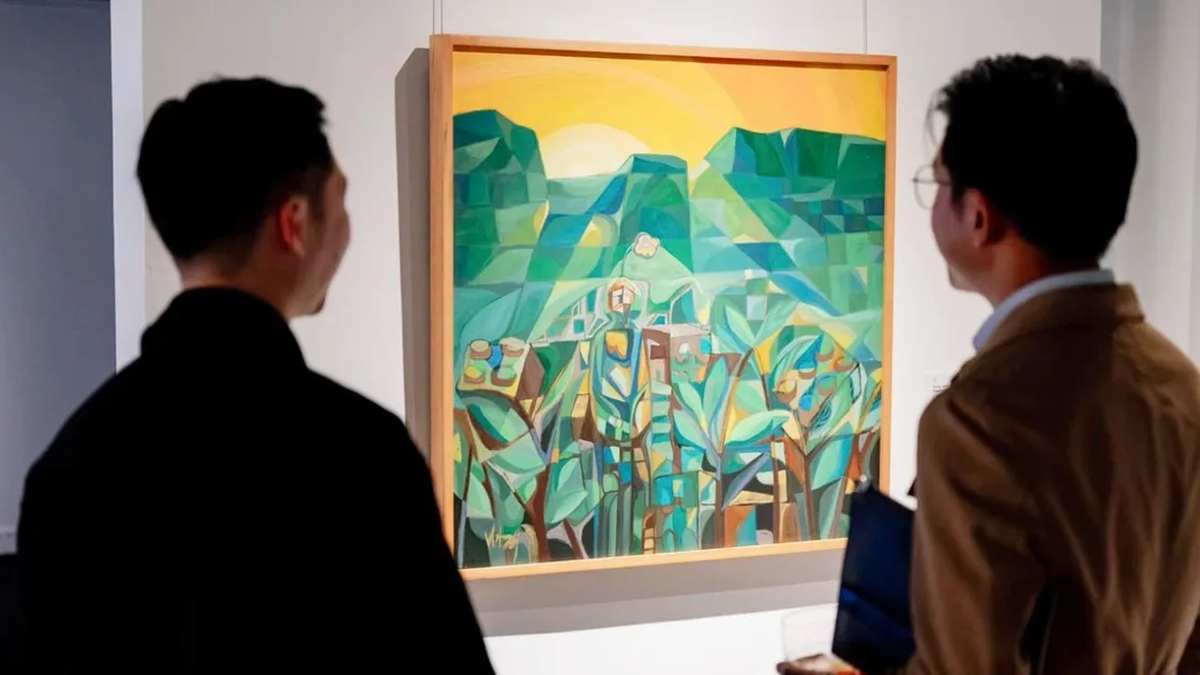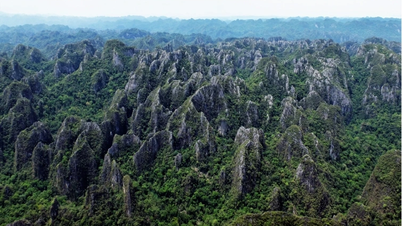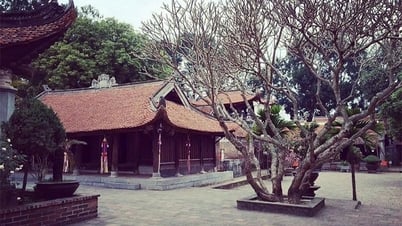
The masterpiece “Mona Lisa” is displayed at the Louvre Museum, France. (Source: AP)
Leonardo da Vinci used a honey-yellow compound in his then-new experiment to create a coating for his world- famous “Mona Lisa,” according to new X-ray-assisted analysis by chemists in Britain and France.
The research was published on October 11 in the journal of the American Chemical Society.
Researchers used a technique called “synchrotron X-ray diffraction” to study the molecular structure of a tiny speck in Da Vinci's famous artwork.
What they found was a distinct chemical signature beneath the surface that appeared to be a new compound that he used on the “Mona Lisa.”
According to the team, it is a base oil paint that Leonardo da Vinci made using orange lead oxide powder and possibly linseed or walnut oil.
This innovation, now known as “plumbonacrite,” was later adopted by Dutch painters in the 17th century and is used by car manufacturers as a color preservative today, to keep red and orange sports cars looking bright.
The rare compound plumbonacrite was discovered on the first layer of Leonardo da Vinci's masterpiece, just above the poplar wood.
According to researcher Gonzalez, the discovery confirms for the first time what art historians have long hypothesized: Leonardo da Vinci most likely used lead oxide powder to thicken and help dry the oil paint when he began painting the portrait.
“Plumbonacrite is really the signature of the artist’s recipe,” says Gonzalez. “This is the first time we’ve actually been able to confirm it chemically.”
Plumbonacrite is a by-product of lead oxide, allowing researchers to be more certain that the artist may have used the powder in his paint formulation.
However, the fragment of oil paint from the Mona Lisa’s backing that Gonzalez analyzed was barely visible to the naked eye, measuring no larger than the diameter of a human hair. So scientists observed its atomic structure using X-rays in a synchrotron — a large machine that accelerates particles to nearly the speed of light.
"Leonardo da Vinci was an experimentalist. Each of his paintings had a completely different technique," said chemist Victor Gonzalez, lead author of the study.
Although not involved in the study, Carmen Bambach, a curator at the Metropolitan Museum of Art in New York, said the research was "very interesting."
Any new, scientifically proven understanding of Leonardo's painting technique is "hugely important news for the art world and our wider global society," Bambach said.
Scientists and art historians argue that da Vinci's groundbreaking portrait of the woman with the enigmatic smile still has many secrets to be solved.
An estimated 7.5 million tourists flock to Paris (France) to visit the Louvre Museum every year, meaning about 30,000 people a day come to admire the masterpiece "Mona Lisa".
Source Vietnam+
Source






























![[Photo] Signing of cooperation between ministries, branches and localities of Vietnam and Senegal](https://vphoto.vietnam.vn/thumb/1200x675/vietnam/resource/IMAGE/2025/7/24/6147c654b0ae4f2793188e982e272651)





































































Comment (0)